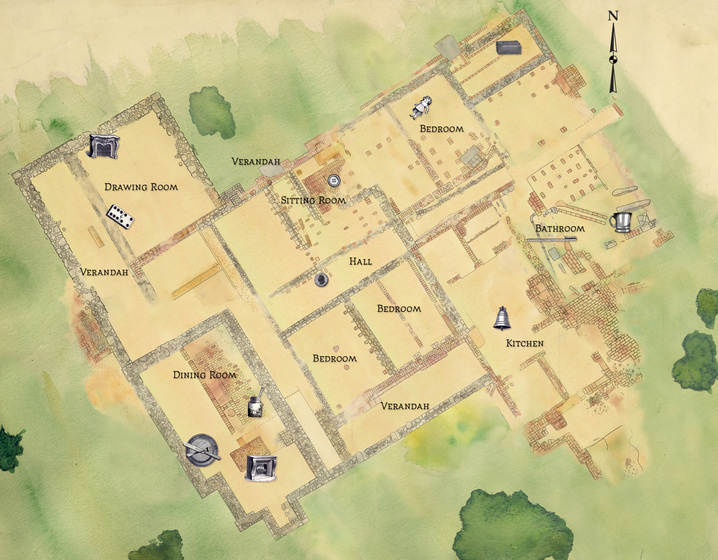Viewbank: Unearthing a Colonial Homestead
Viewbank Homestead was one of the first grand homesteads built on the outskirts of Melbourne. Built around 1840, Viewbank was located near the junction of the Yarra and Plenty Rivers in Heidelberg.
The homestead was built in two phases. Originally a four room house, it was renovated and expanded in the 1850s and 1860s after it was acquired by wealthy squatter Dr Robert Martin.
Viewbank was destroyed by a professional demolition team in the early 1920s, long after the Martin family moved away from the area. By then, the house had fallen into disrepair and locals believed that it was haunted. For most of the 20th century, cattle grazed over the ruins and knowledge of the former grand homestead slipped from public knowledge until archaeologists returned to the site to unlock its secrets.
Between 1996 and 1999, Heritage Victoria conducted three excavations at the site with help from archaeologists from Melbourne, La Trobe and Flinders Universities, and more than 140 archaeology students and community members.
The archaeologists uncovered the stone foundations of the house and remnants of hand-made brick walls, fireplaces and other features. A range of artefacts were found during the excavation including children’s toys, coins, gaming tokens, thimbles and pins. A network of servant’s bells, fragments of marble fireplaces, and pieces of richly decorated plaster cornices reflect the affluence of the Martin family.
This story is made up of audio interviews with an archaeologist, an historian and a conservator. They discuss the Viewbank excavation, describe the artefacts found there and explain the process of their conservation at the Heritage Victoria conservation laboratory.
The Viewbank Homestead is listed on the Victorian Heritage Register. For more information on the Viewbank or other heritage sites visit The Victorian Heritage Database.









